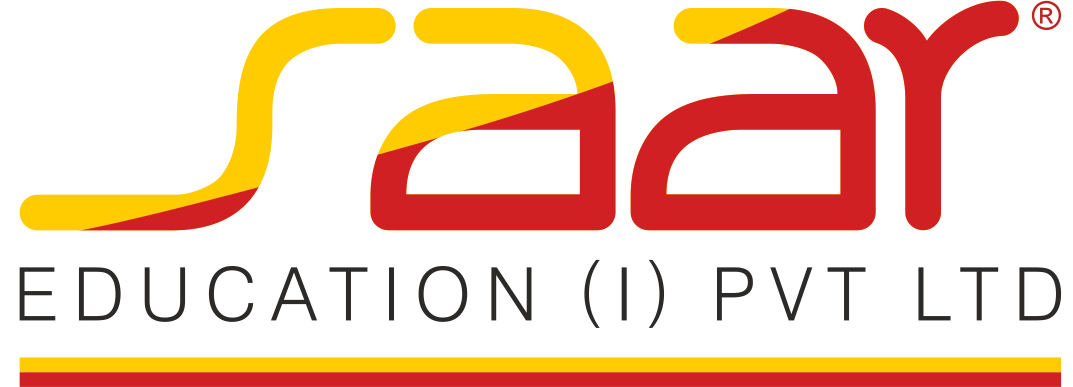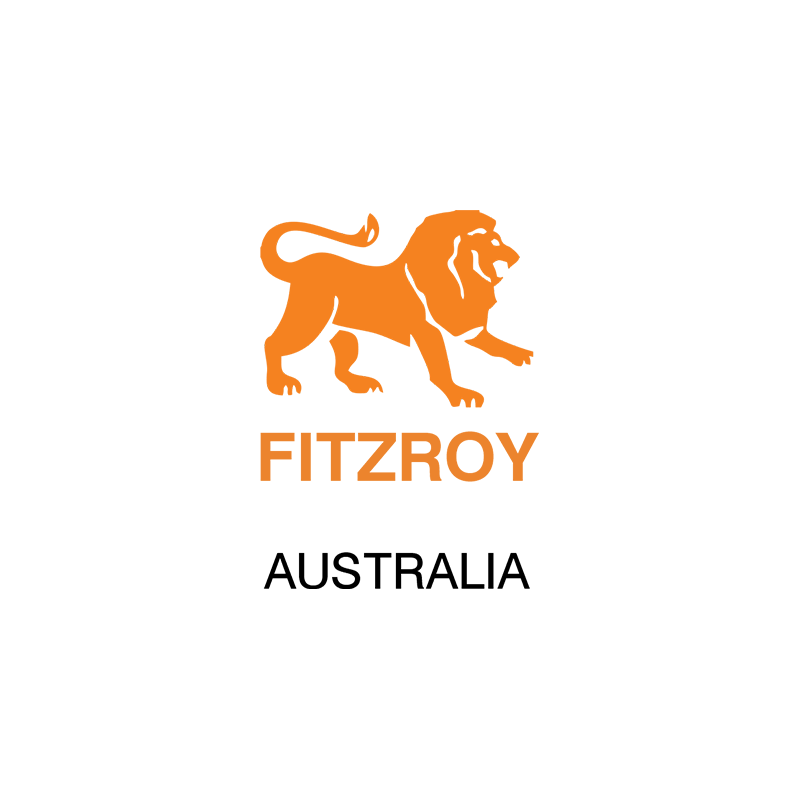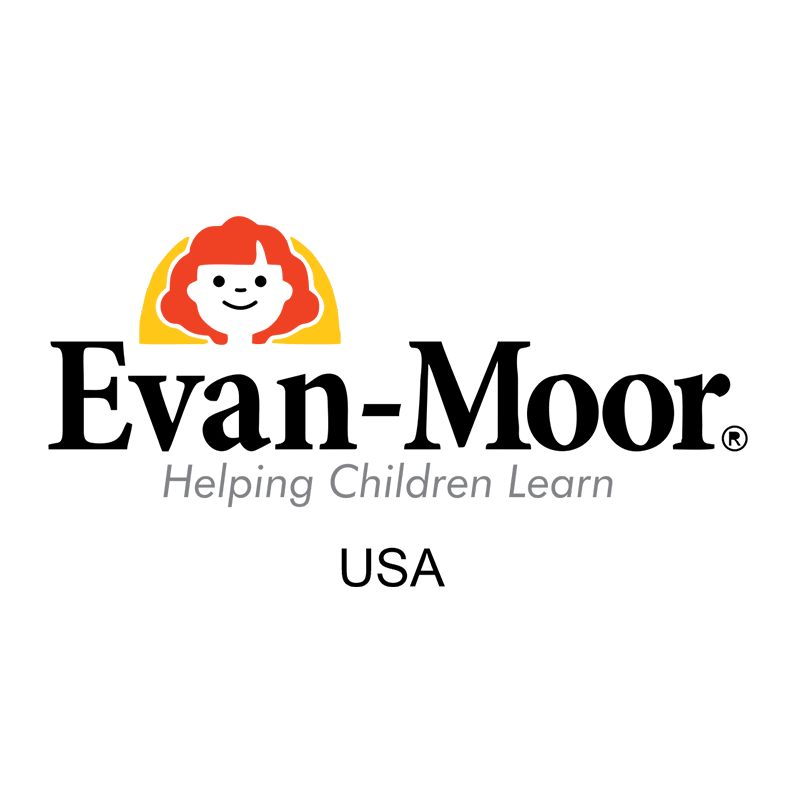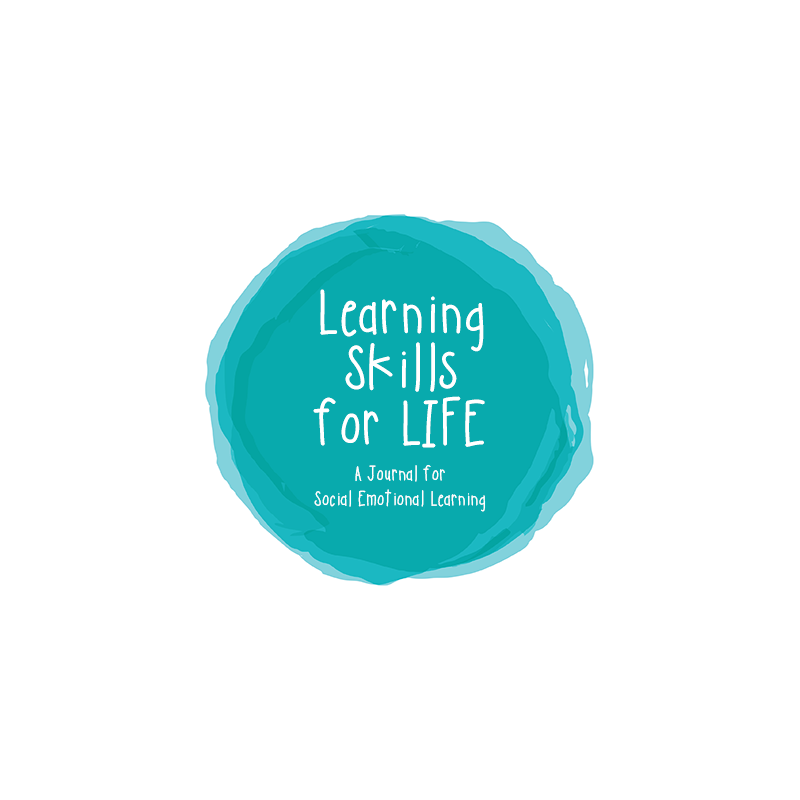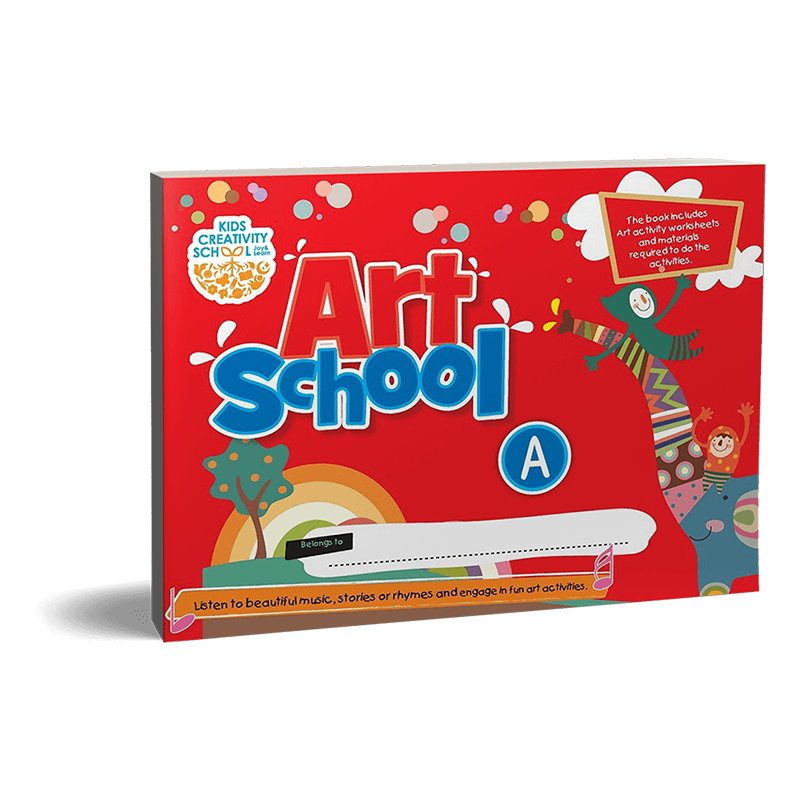Jolly Phonics & Grammar
Jolly Phonics & Grammar programme is a systematic and progressive approach. It uses the synthetic phonics method of teaching the letter sounds in a way that is fun and multi-sensory, enabling children to become fluent readers. It enables you to teach grammar, spelling and punctuation plus vocabulary development with purpose and gives power to your class. It teaches new spelling patterns, supports a greater understanding of sentence structure, expands vocabulary and comprehension, and cultivates dictionary and thesaurus skills.
Know More Buy ProductsFitzroy
The Fitzroy Program is a complete P-6 phonic literacy resource. Nine sets of ten readers form the core of the program. The accompanying Word Skills workbooks provide activities that focus on each new sound and/or digraph introduced in the readers, as well as spelling, grammar, comprehension and creative English exercises. Given the sequential nature of the program, it is ideal to start at the beginning.
However, students can enter the Fitzroy Program at any stage of literacy development. When in doubt, it is generally recommended that the student commence at an earlier level, to increase their confidence and fill in any gaps in their knowledge.
Know More Buy ProductsEvan Moor
This exciting new full-colour series focusing on STEM (science, technology, engineering and math) concepts engages children in fun, meaningful, hands-on projects that develop problem- solving and critical thinking skills. Each Smart Start STEM book includes 14 science- themed lessons that help children understand science concepts and encourages them to think creatively and explore different ideas to solve problems.
Buy ProductsSEL
‘Learning skills for LIFE’, is a series of student journals that empower children to explore their thoughts, understand emotions and believe in themselves. The journals help them master life skills through SEL(social emotional learning). The SEL journals also help them ask questions to their trusted adults, you, on all that fascinates and amazes them.
Any and all questions are asked when children feel safe to fail, are self-aware and have growth- mindset. Learning skills for life, their SEL journal is here to support and empower every child !
Know More Buy ProductsVisual Art
The National Education Policy (NEP) 2020 places visual art at the heart of schooling—equal to languages, mathematics, and sciences. By weaving art into every subject, we build holistic learning: students recognise the geometry in pattern-making, trace historical narratives through iconography, and apply creative processes in both scientific experiments and literary analyses.
Aims of Visual Art Education
Making–Thinking–Appreciating- Creative Thinking. Crafting, experimenting, and critiquing artworks foster divergent ideation, prototyping, and refinement—skills vital for design and real-world problem solving.
- Problem-Solving & Reflection. From mixing pigments to composing balance, each project becomes a micro-laboratory of trial, error, and insight.
- Brain Development. Arts engagement enhances neural connectivity in regions governing emotion, attention, and executive control.
- Emotional Awareness & Regulation. Symbolic expression and hands-on creation deepen self-awareness and provide healthy outlets for processing emotions.
- Hands-On Learning. Clay, paper, textiles, and digital media activate sight, touch—and even sound and smell—so every learner connects in their preferred modality.
- Inclusive Spaces. Kinesthetic and sensory-sensitive students often find confidence and belonging in the art studio, where traditional classrooms may not reach.
Together, these aims underline Visual Art Education’s role in cultivating creative confidence, emotional intelligence, and empathetic, innovative citizens.
